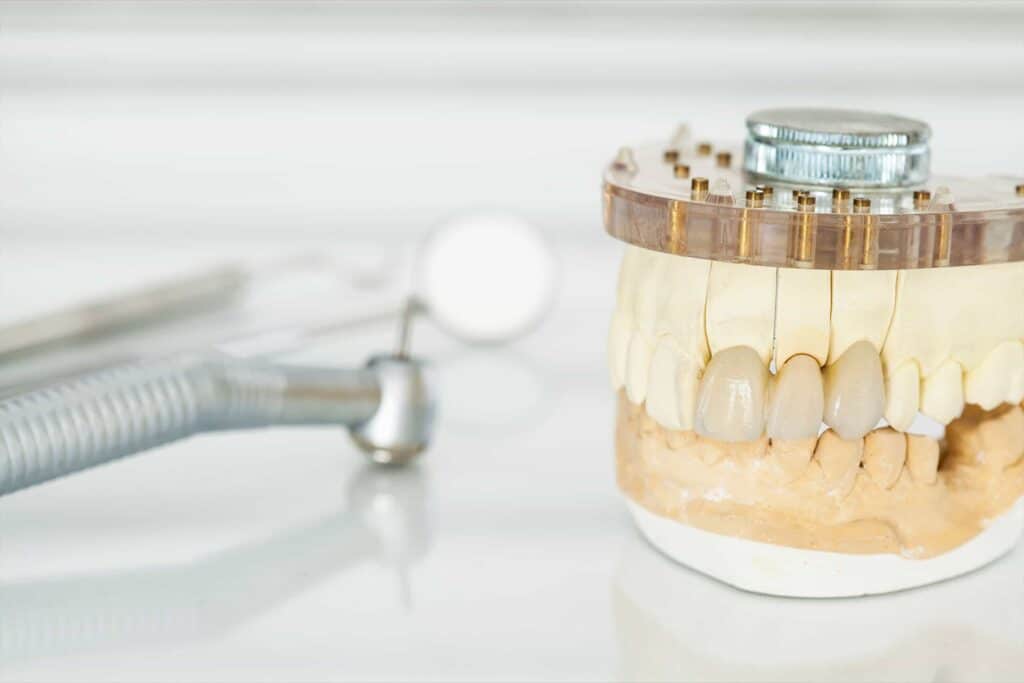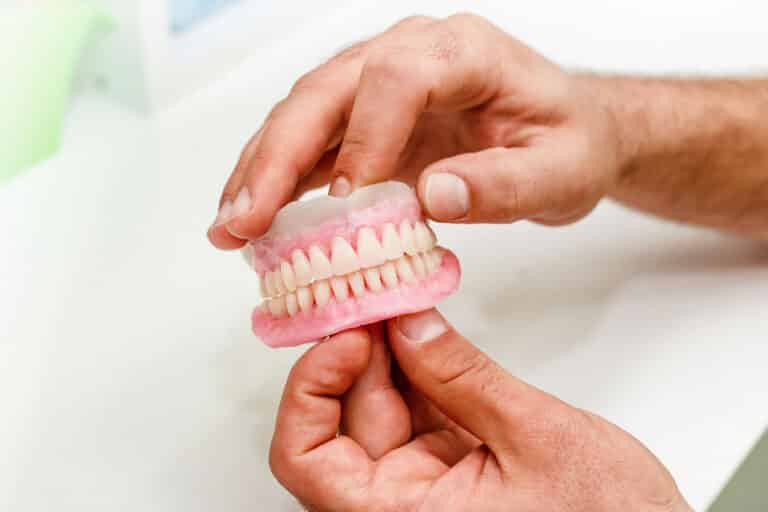The oral cavity has a variety of bacterial flora, some of which can lead to tooth decay and periodontal disease. If left unchecked, the bacteria and their by-products will multiply, causing disease. In order to maintain good oral health, daily brushing and flossing is important. But consistency is only one factor, the proper technique is also essential when brushing and flossing for good oral health. Cleaning the tongue and rinsing with a mouthwash can also help reduce bacteria as well. Here are some of our tips to keep your mouth clean and avoid a dental emergency!
What is the Best Way to Brush Your Teeth?
The first thing you want to do is use a soft bristle toothbrush and fluoride toothpaste. Hard bristles can damage the teeth and gums. Fluoride toothpaste also helps by reversing the acid damage that bacteria cause. It is also important to ensure the size and shape of the brush head adequately fits your mouth. For instance, someone with a smaller mouth will want to use a smaller brush head.
For most people, it’s best to brush two times a day. Usually once in the morning, and again right before you go to bed. Cleaning your teeth before bed is very important because it ensures that bacteria and biofilm are not on your teeth while you sleep. In order to brush properly, gently scrub all the surfaces of your teeth in an oval motion. Do this while making sure to cover the outer, inner, and chewing surfaces of your teeth. You want to brush along the gum line, at a 45 degree angle toward the gum line. You should be brushing for 2 minutes, spending 30 seconds each quadrant. Do not apply heavy pressure as your goal is to remove the soft plaque and not the hardened tartar. It is important to brush your teeth gently and not aggressively scrub them. Brushing softly will prevent damage to your teeth and gums.
Whether you use a manual or electric toothbrush, you should change either the toothbrush or the brush head every 3-4 months. This is to ensure that the toothbrush is as effective as possible, as the bristles wear down from repeated use. If you find that the bristles on your toothbrush begin to show damage in less than 3 months, it may be a sign that you are brushing too hard.
How to Clean Your Tongue
Because the tongue harbors a lot of bacteria, which can result in bad breath, you want to make sure that you clean it properly. If you don’t have a tongue scraper you can use your toothbrush. You can take the side of your toothbrush, start from the base of your tongue and move it forward towards the tip. You want to only apply light pressure and try not to go back and forth vigorously with the bristles. Whenever you can, we recommend that you use a tongue scraper instead. If your tongue appears dark or stained after cleaning, you may have an underlying condition, we recommend you speak with your dentist as soon as you can.
How to Floss Properly
Studies have been inconclusive as to the proper order between brushing and flossing. The most important thing to help clean your mouth is that you do floss, because a toothbrush cannot clean the surfaces between teeth. It is essential to floss at least once a day, with the best time to floss being before you go to bed. This ensures that all surfaces of the teeth are clean prior to sleeping.
String Floss
While using regular string floss, you first want to get about 12 to 18 inches of floss per session. You should wrap the floss around your middle fingers, leaving a few inches taut between them. Now, you use your index finger to guide the floss between your teeth. You want to create a C-shape along the sides of your teeth, making sure not to snap the floss, or force the floss by your gums, as this can cause gum damage. Finally, you want to go up and down a few times to break up the plaque and biofilm between your teeth.
Individual Use Floss Picks
Some people prefer to use floss picks, the same standard principles apply with these. Make a C-shape and gently move the floss along the sides of your teeth. The most important thing to remember with these floss picks is to never bite down on the plastic to get the floss through your teeth. This is to ensure that you do not damage your teeth, as the hardened plastic can cause damage to healthy teeth. Some people prefer individual use floss picks because they are easier to use than traditional floss due to their size.
Water Flossers
Studies have shown that water flossers are significantly more effective at removing plaque from teeth surfaces than string floss. Some people prefer water flossers because there is less waste and they are easier to use. People who have had extensive dental work, such as braces or bridges, also tend to prefer water flossers because of their ease of use. They will also help people with braces or harder to reach areas. Water flossers are also meant to reach the bottom of the pocket and flush out plaque and debris. Many water flossers come with different features, such as adjustable pressure and additional tips.
No matter which dental hygiene products you use, the most important thing to remember is to properly brush and floss. Creating a simple hygiene regimen will help maintain your healthy smile throughout your life.




